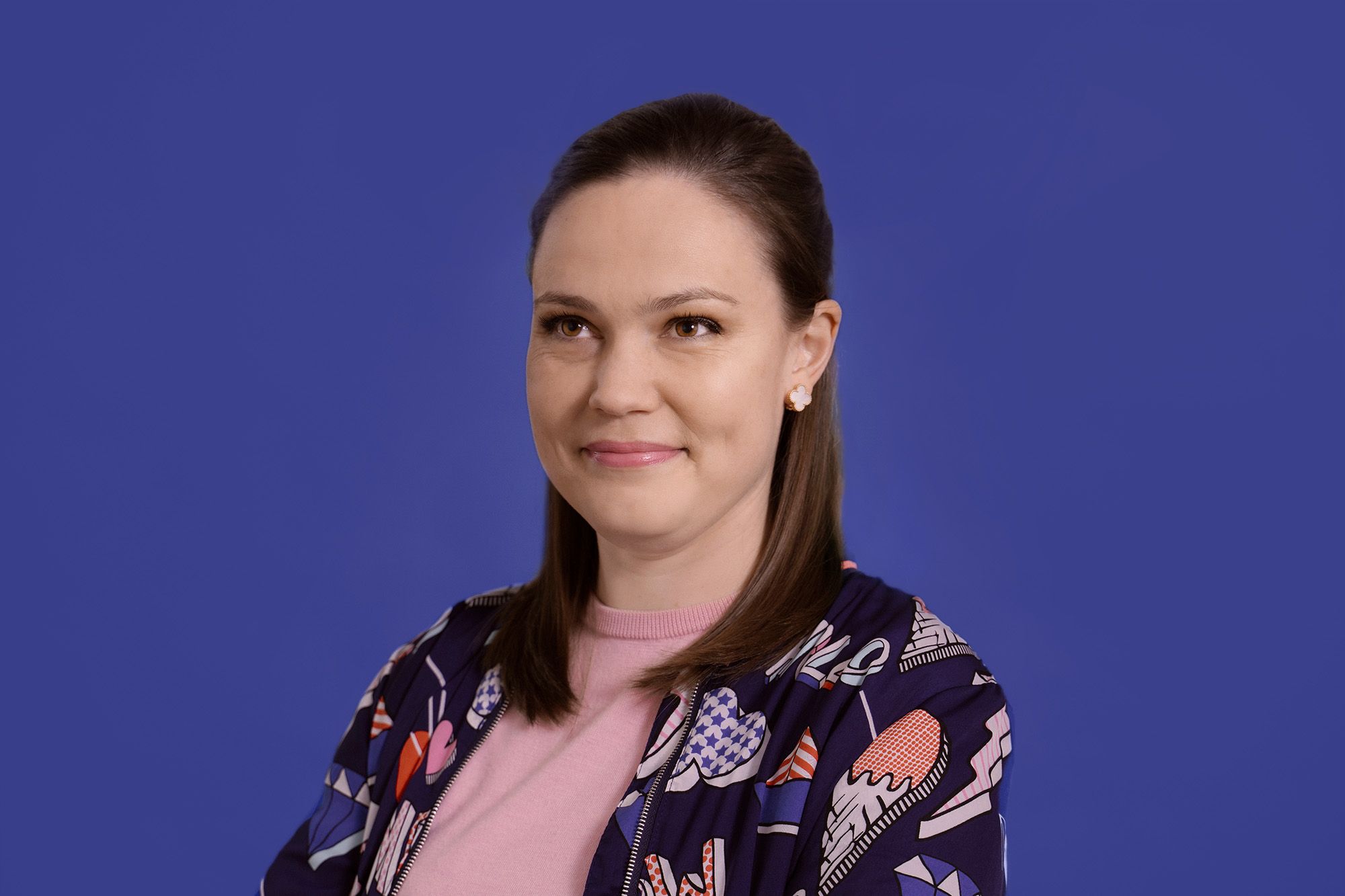The quantity of online video content is increasing rapidly, and with growing diversity, there are new roles for subtitles. Along with the Deaf and hard-of-hearing communities, hearing people use captions as an aid to clarity. A new and growing group are those who consume on-demand video content while commuting, who find subtitled shows and movies perfect for the noisy environment of public transport.
It’s like listening to a podcast while the world generates noise around you – buses, traffic, pedestrians, construction; naturally, it’s easier to take on information when it’s written. If you’re commuting to work or back home again, what you watch with subtitles is clearer than audio through headphones competing with the often rather loud reality of the train you’re sitting in. Captions can answer the long-asked watcher’s question, ‘What did they just say?’ when your toddler’s banging pots together or the dog’s barking or you can’t quite get a handle on that strong dialect.
Children are often happy to watch along with captions (or maybe it’s Mum’s/Dad’s/Nana’s/<insert relative here>’s choice and they just don’t have a say…) and therefore become curious to read them as well. So kids’ literacy improves in leaps and bounds when they can access captions. Online, they can access them again and again and then pick up repeated phrases and words in print. It’s easier than ever to find hours of kid-friendly videos, including captioned shows, on platforms like HEIHEI. Kitchen Science features the excellent Nanogirl, and Danger Mouse is a classic from back in the day that’s been updated for modern audiences. And with Able continuing to caption content on HEIHEI, there really is something for everyone.
A recent article from The Guardian described how once children have decoded five words or so, they can start reading along. As captions run along in time with the vision of TV shows and movies, it’s like a comic book in motion or a storybook come to life – it’s like narrative animated. And with subtitles, learning isn’t limited to what’s spelled out in graphics. Everything that’s said can be read along with as well.
The article also cited a 2006 study showing that only 20% of TV viewers using subtitles were hearing impaired. We don’t watch the same shows at the same time, as was once the norm. Our viewing habits are now on our own terms – what we want, when we want and on the go. With our differing needs, captions are an aid to accessibility in different ways. They can make a complex plot or an unfamiliar accent more accessible, and they can teach words to children and those with English as a second language. So along with Deaf and hearing-impaired viewers, children, parents, English learners, bus and train passengers, and the ever-growing contingent who are – let’s face it – merely distracted by the attention-addling modern world, many of us are all watching along too.
– Faith, Able Caption Editor





